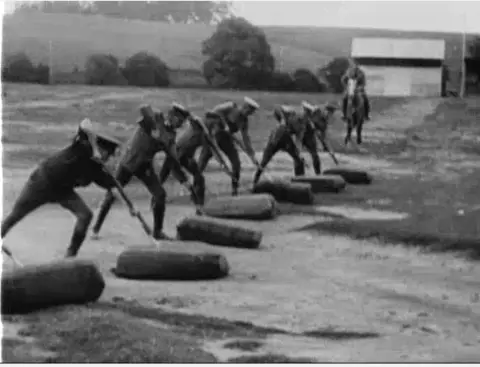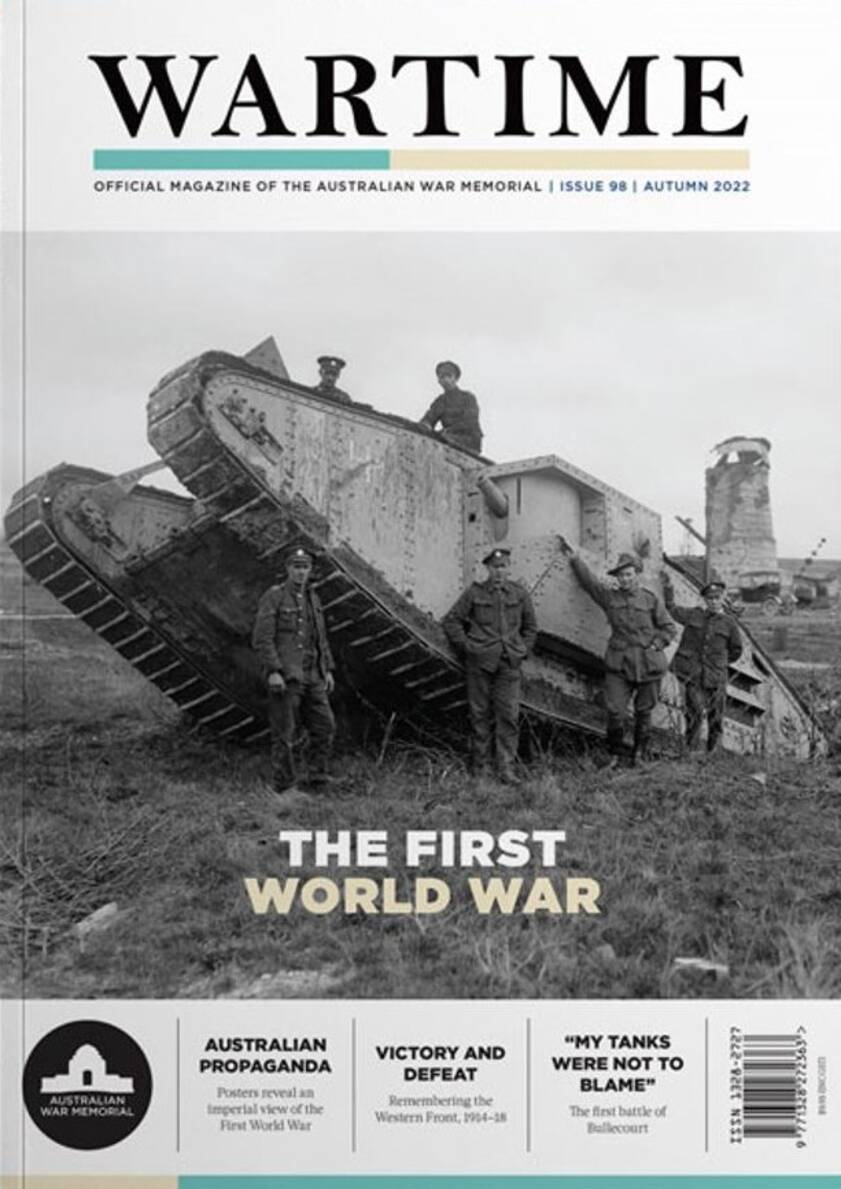In 1916, the Australian film industry began to produce a range of government-sponsored war documentaries to be screened in theatres and cinemas across the country.
By 1916, Australian public sentiment and support for the First World War was waning, with the high number of causalities and ongoing conscription debates. Perhaps in response, the Australian film industry began to produce a range of government-sponsored war documentaries to be screened in theatres and cinemas across the country.
One such film was Australia Prepared released by Australasian Films in July 1916. Following in the tradition of the earlier Britain Prepared film (1915) made by the British War Propaganda Bureau, Australia Prepared documents Australia’s preparedness and contribution to the war, in the attempt to share information, maintain support and assist with recruitment.
Australia prepared
The film opens with the explanation A New and Magnificent Film Production under the Patronage of Senator Pearce, Minister for Defence. An Exposition of Australia’s hitherto unrevealed efforts in the cause of Empire during the Great War. There follow a range of scenes of Australian military and civilian personnel and their efforts towards the war, filmed at a variety of locations across the country.
The largest portion of footage was recorded at the AIF training camp in Liverpool, New South Wales. It highlights marching drills and manoeuvres, as well as training exercises in bayonet fighting, bomb throwing, charging, machine-gunnery, digging and fighting in trenches, night attacks and charging the enemy.
Further scenes were filmed at the Federal Government Cordite Factory and the Colonial Ammunition Company, where munitions were produced for the war effort. The film also makes a point of highlighting “How the Australian Girls do their part”, showing women processing small arms cartridges and using machinery.

Men bayonet training in the film Australia Prepared, F00143
A large segment highlights the contribution of the Royal Australian Navy, specifically the Naval Depot at Williamstown and the Jervis Bay Naval College, with scenes of marching and parade, training drills, gunnery, sailor’s knots workshops, flag drills, boat and rowing drills, taking observations, and games.
Also featured, though with less screen time, are the Air Services, Gun Cotton Factory and the production of khaki uniforms, the manufacture of Stokes Mortars, and training the Light Horse at Menangle, New South Wales.
For its premiere, Australia Prepared was promoted as a “soul stirring patriotic film” which “will be found not only to be interesting, but thrilling and informative” (Evening News, 8 July 1916). The film received an enthusiastic reception and positive reviews, as “a huge production … unsurpassable for excellent photography and direction” (Australian Variety, 12 July 1916). It continued to be screened around Australia throughout the war, as “undoubtedly one of the best and most entertaining military pictures yet produced here.” (Sunday Times, 17 June 1917).
Despite the positive media attention, it is difficult to gauge whether such government-supported propaganda films produced actual recruitment and support for the war. But as one paper wrote, “it is safe to say that if the film as whole will not move the slacker, then nothing will.” (Sunday Times, 17 June 1917).

